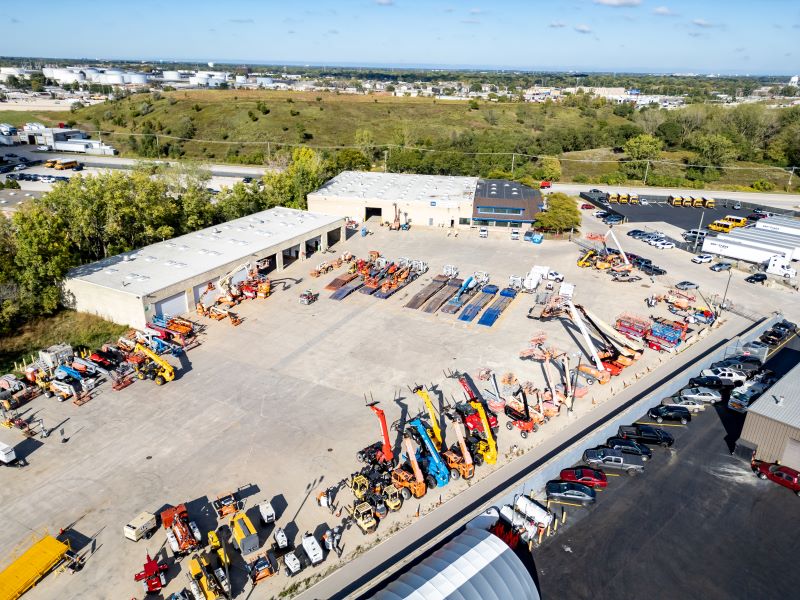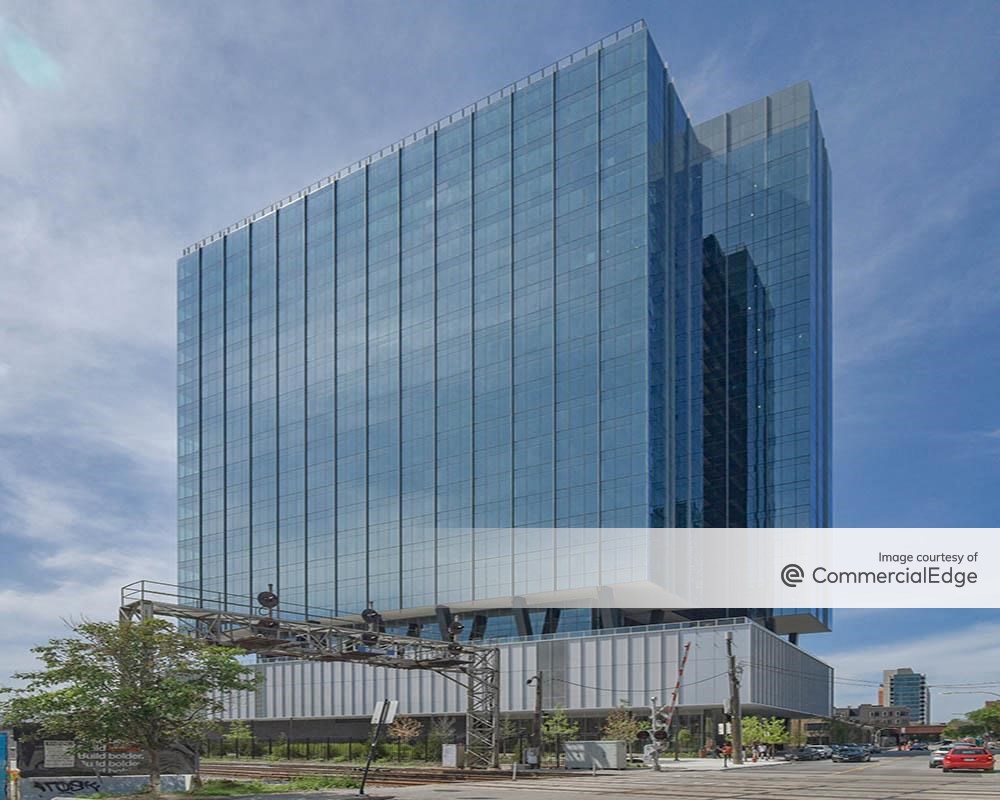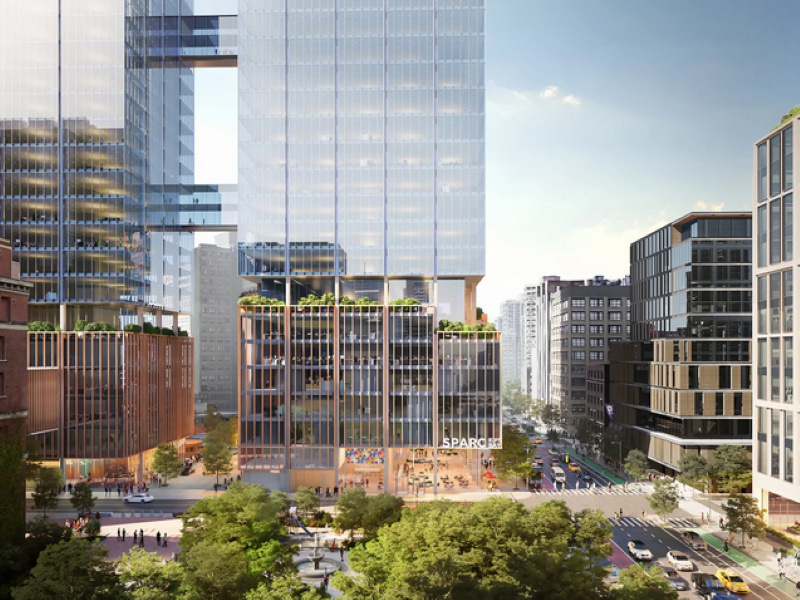Decarbonizing Cities Starts With Our Buildings
JLL's Brenden McEneaney on the opportunities that lie in future-proofing buildings.
The leading cause of greenhouse gas emissions is buildings, both commercial and residential, accounting for 31 percent, according to the U.S. EPA. This is followed by transportation at 27 percent, though these various sources are all intertwined. For example, where we build our buildings influences the amount of emissions it takes for people to get to those buildings.
Further complicating the picture, efficiency standards typically deal with the base building infrastructure—insulation, HVAC, etc.—but an increasing portion of building energy use comes from unregulated plug loads like servers, video walls, and water coolers. Even new buildings can realize sizable energy savings by improving controls and operations.
Investors and regulators are requiring higher ambitions and more detailed plans for decarbonizing buildings. Meanwhile, tenants are increasingly asking for better performance. That all begs the question: What financial performance strategies inform real estate decision-making on sustainability?
Retrofit Cost/Benefit
Retrofitting existing buildings is not only a sustainable path forward, it can also turn a risk into an opportunity and a competitive advantage for building owners.
From the real estate and investment community perspective, climate change is creating both risk and opportunity. Buildings with higher emissions may face lower rents, less demand, lower values, and lower liquidity, while investors without a plan to decarbonize will face higher costs and lower access to capital. Research shows that retrofitted buildings will be more comfortable, more attractive to top-tier tenants, and less expensive to operate. Decarbonizing buildings also creates opportunities for new markets and revenue streams, from vehicle charging hubs to utility load shifting and more.
Early adopters can take advantage of incentives—like those in the Inflation Reduction Act—before they become requirements, like Local Law 97 in New York City. Decarbonizing buildings also creates opportunities for new markets and revenue streams—from vehicle charging hubs to utility load shifting and more.
Future-Proofing
In order to future-proof real estate and build resilience to climate change, we need a massive effort to improve the built environment.
One of the most cost-effective ways to decarbonize real estate is through electrification of heating systems. Unlike fossil fuels, electricity gets cleaner every year, primarily because the costs of solar and wind have come down significantly. To avoid overwhelming the electrical grid, electrification will need to be combined with efficiency measures to reduce overall demand.
Take California, for example. With its high adoption of renewable energy, as well as its ambitious target of reaching 100 percent zero-carbon electricity by 2045, shifting building energy use from gas to electricity will result in sizable carbon savings that will expand as the grid becomes cleaner.
A handful of cities, including San Francisco and San Jose, were some of the first in the U.S. to prohibit natural gas installations or mandate all-electric construction of certain new buildings. San Francisco requires buildings to report energy use and conduct regular audits to improve performance.
It may be tempting to delay taking action to decarbonize, given that deep emissions reductions from retrofitting existing buildings can be expensive, along with the clear structural barriers present. But delay means that the cost of inaction today will be greater than the cost of action in years to come amid increasing risks of illiquidity, brown discounts and reputational damage, in addition to potential penalties as regulations come into play.
When planning to decarbonize, it is important to also consider embodied carbon, which refers to the emissions generated in manufacturing and transport of goods and materials. Moving forward with a building retrofit may save emissions over time but requires an initial investment in equipment that carries an embodied carbon penalty. While the field of embodied carbon is still emerging, strategies like adaptive reuse can help reuse existing infrastructure to reduce related emissions.
Other more general ways to move this effort forward include forming partnerships to develop and implement a net zero carbon strategy; investing in technology solutions that will ultimately future-proof your assets; and sharing wisdom and best practices with peers can go a long way.
Relatively speaking, buildings are one of the easiest sectors to decarbonize, and we already have the tech and tools required.
Brenden McEneaney is Senior Vice President-Sustainability at JLL.








You must be logged in to post a comment.